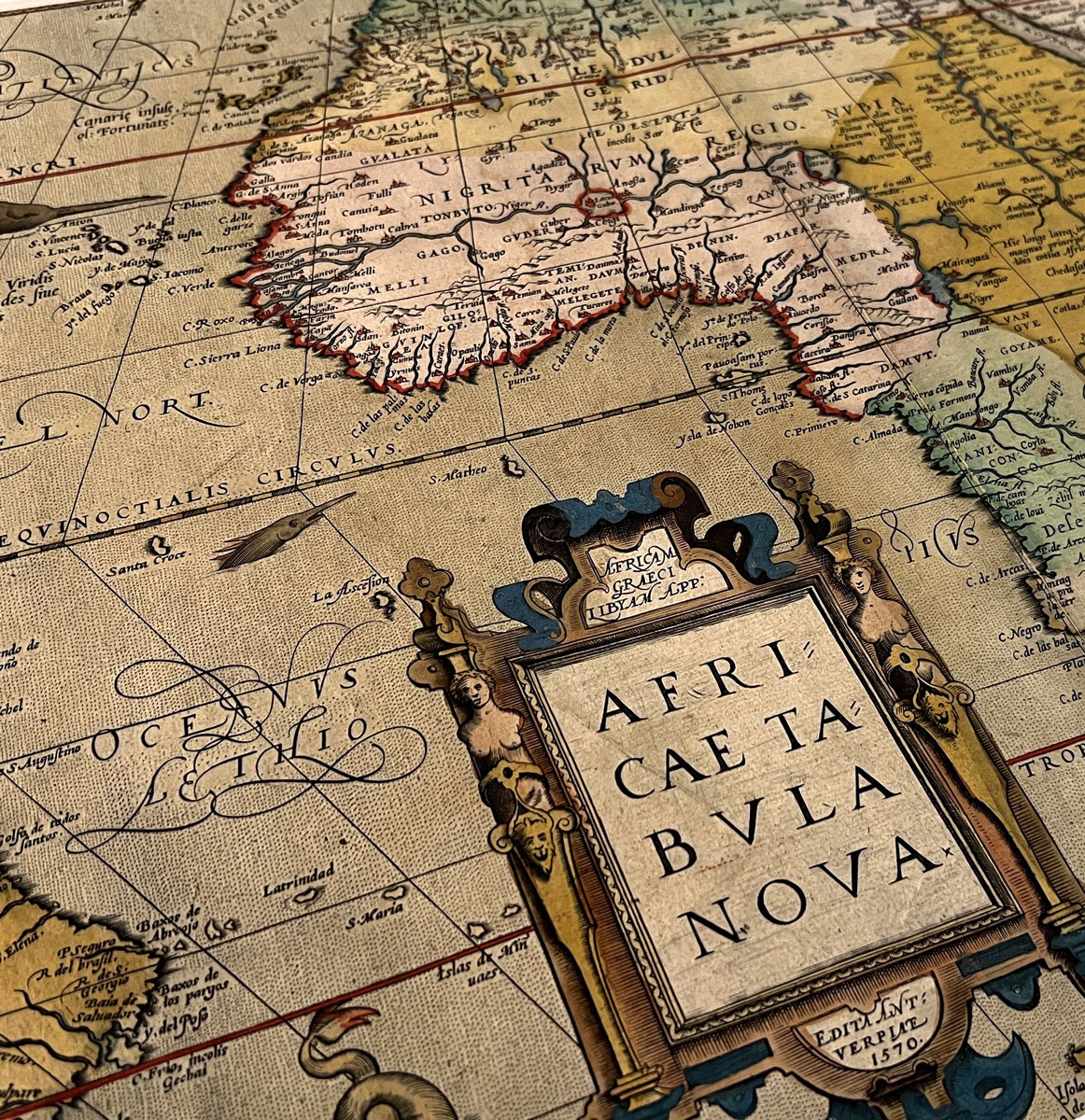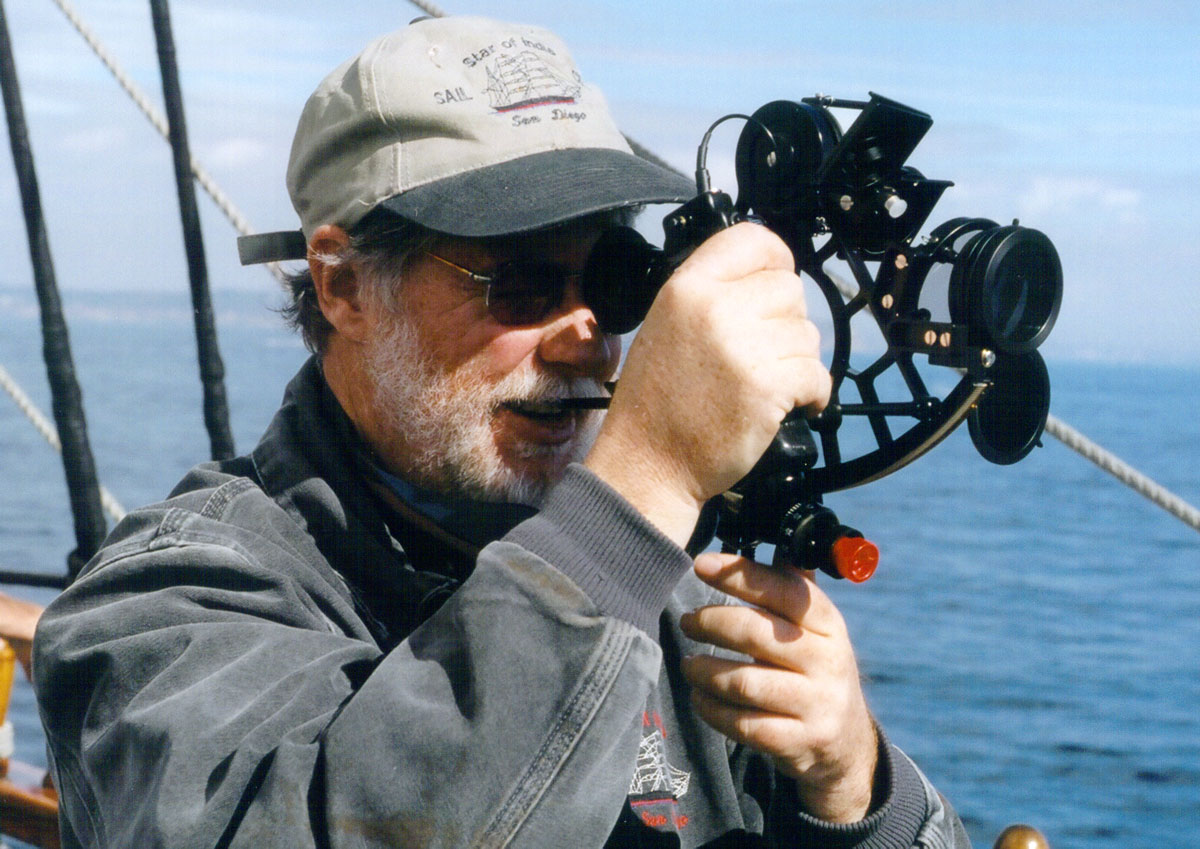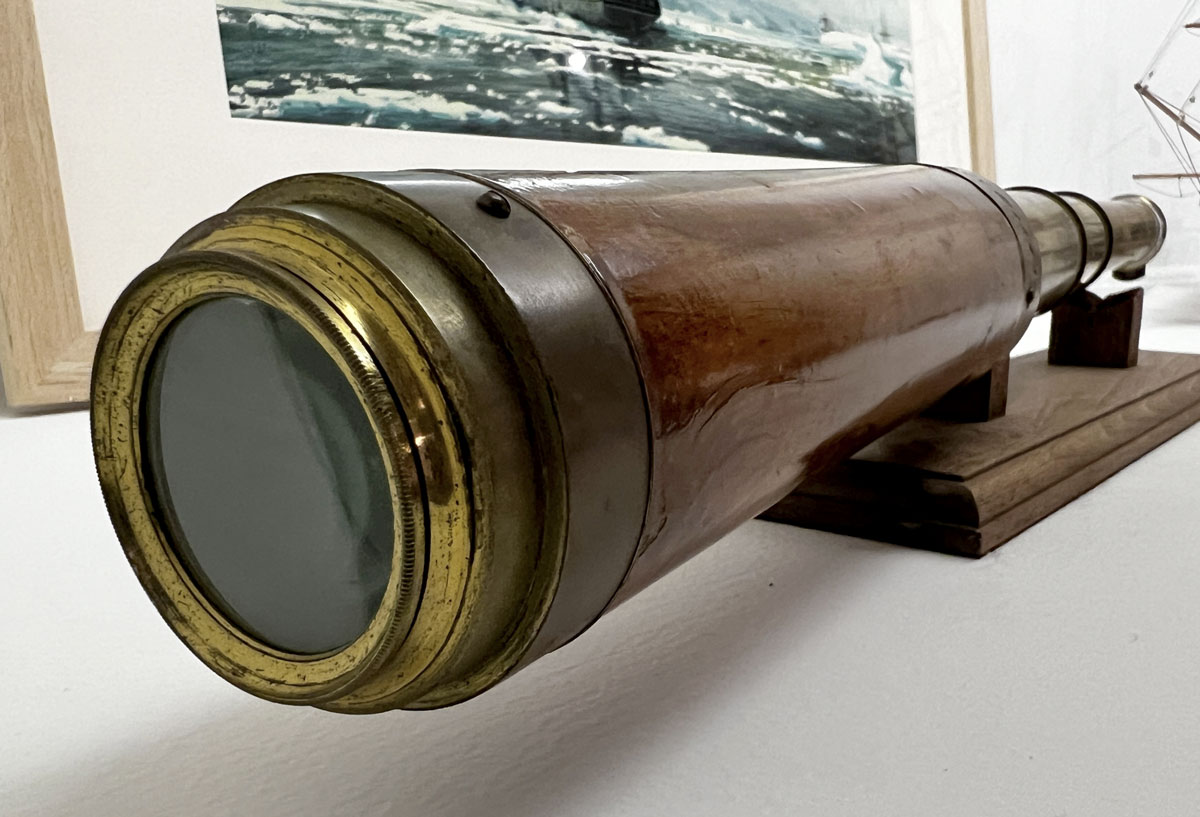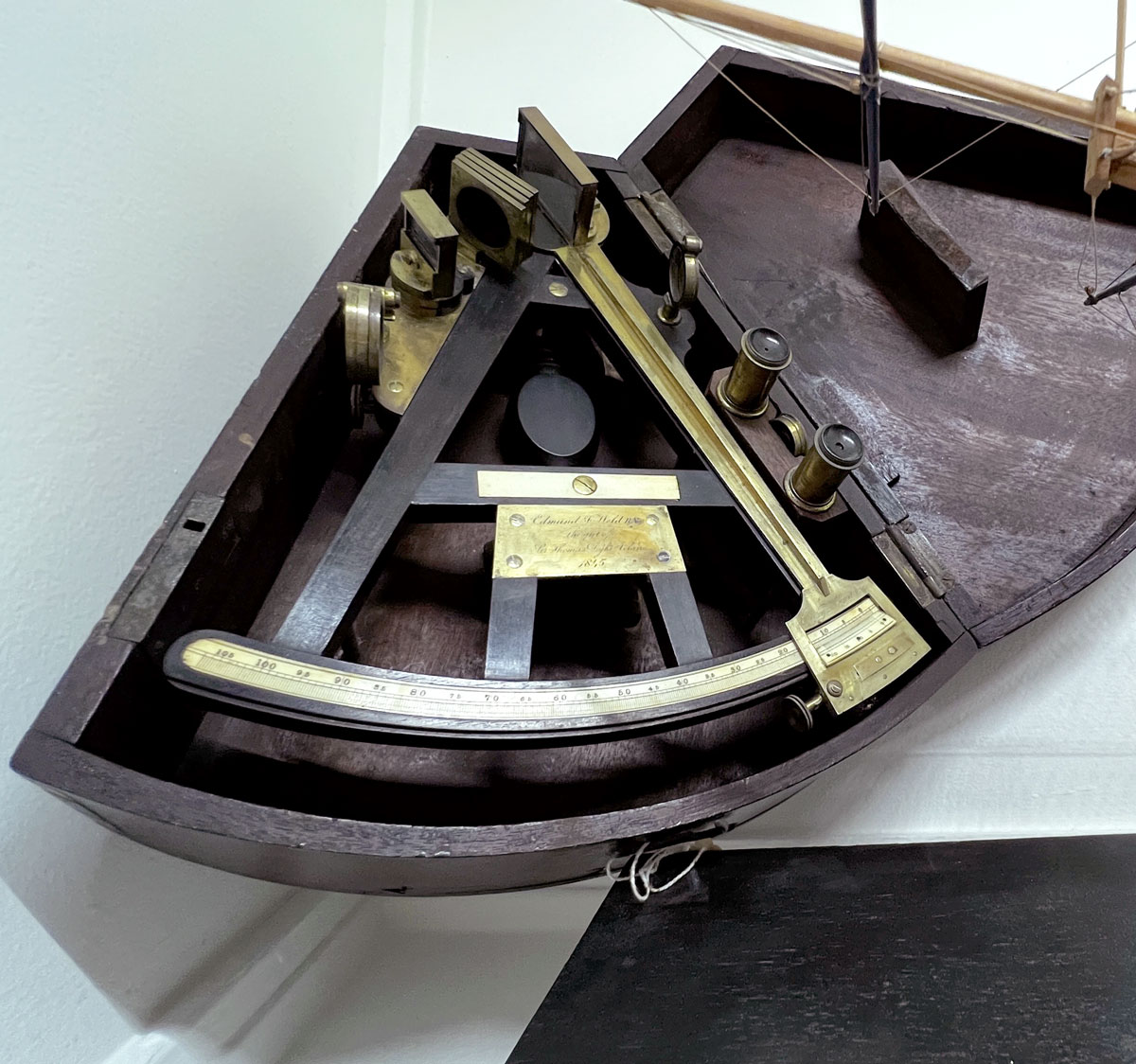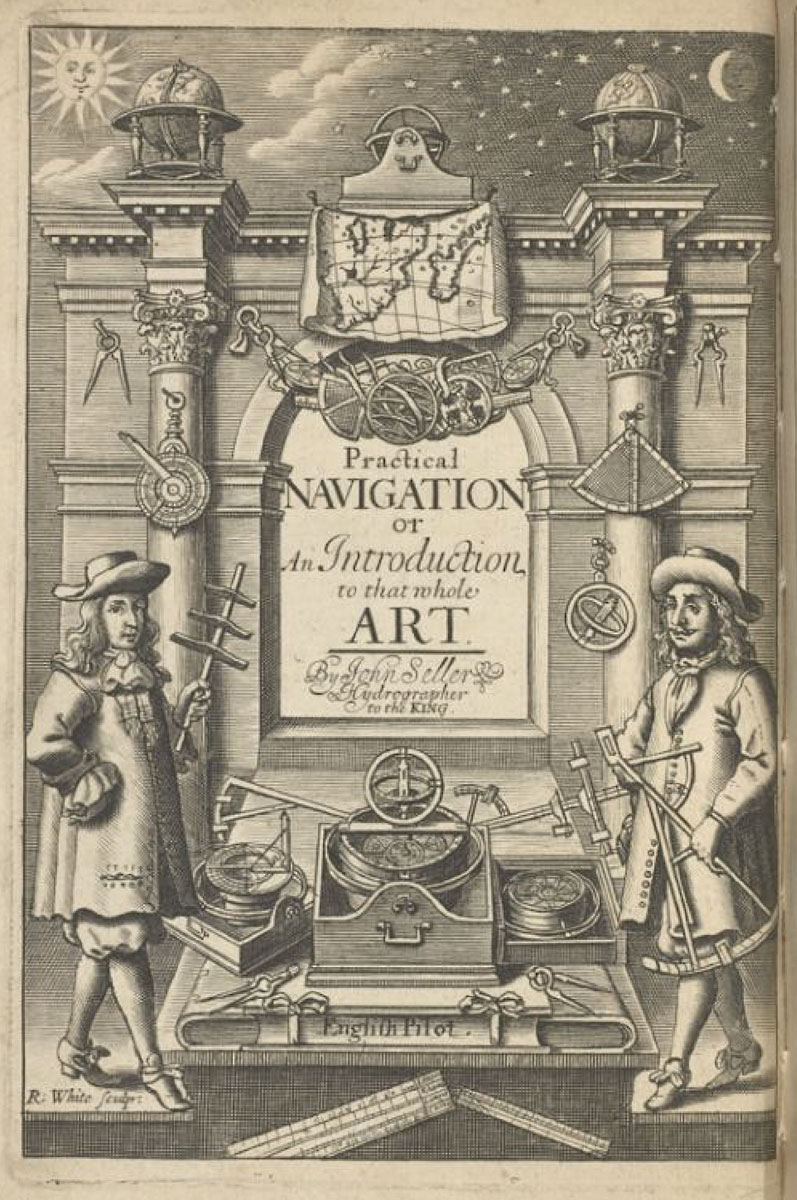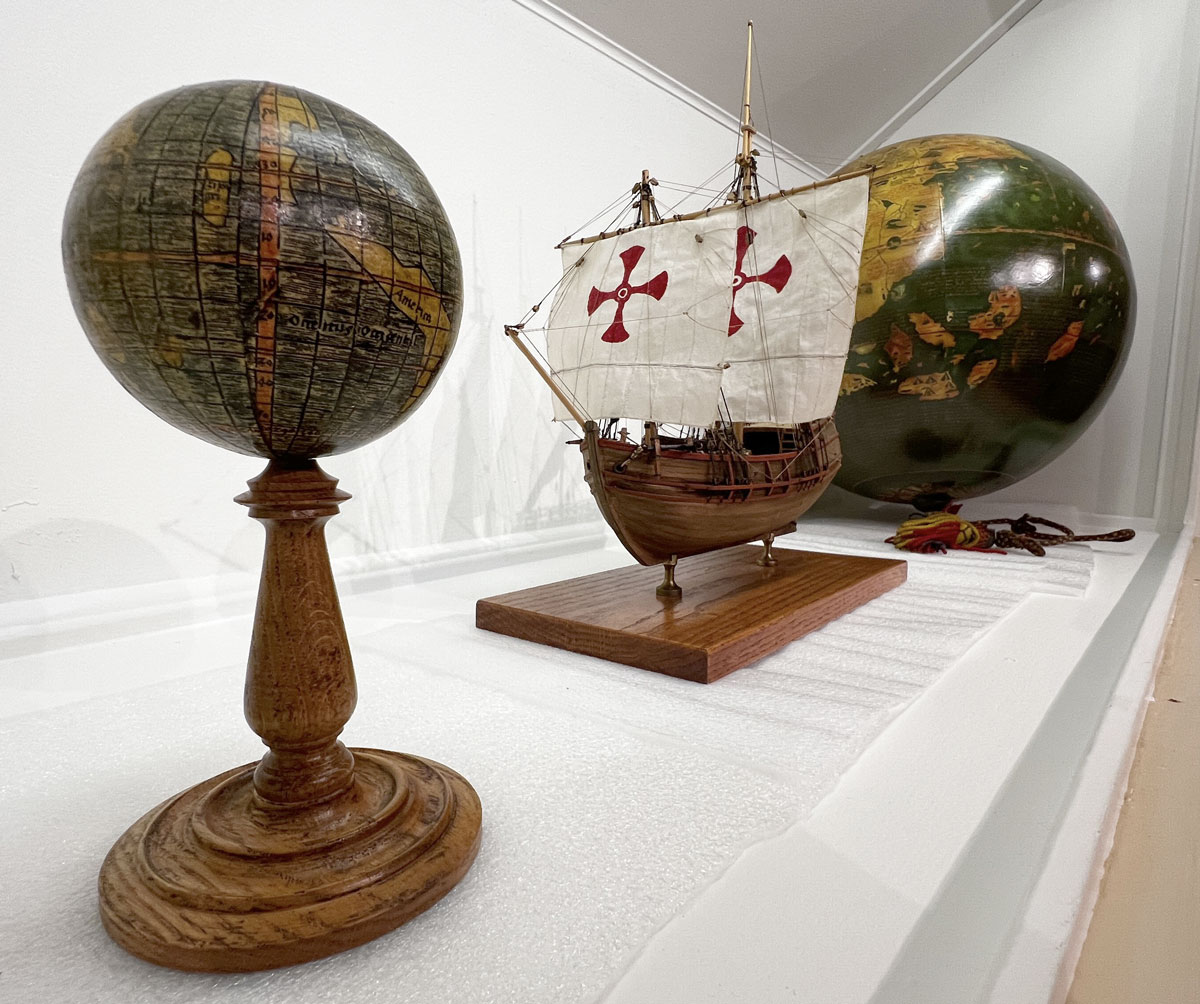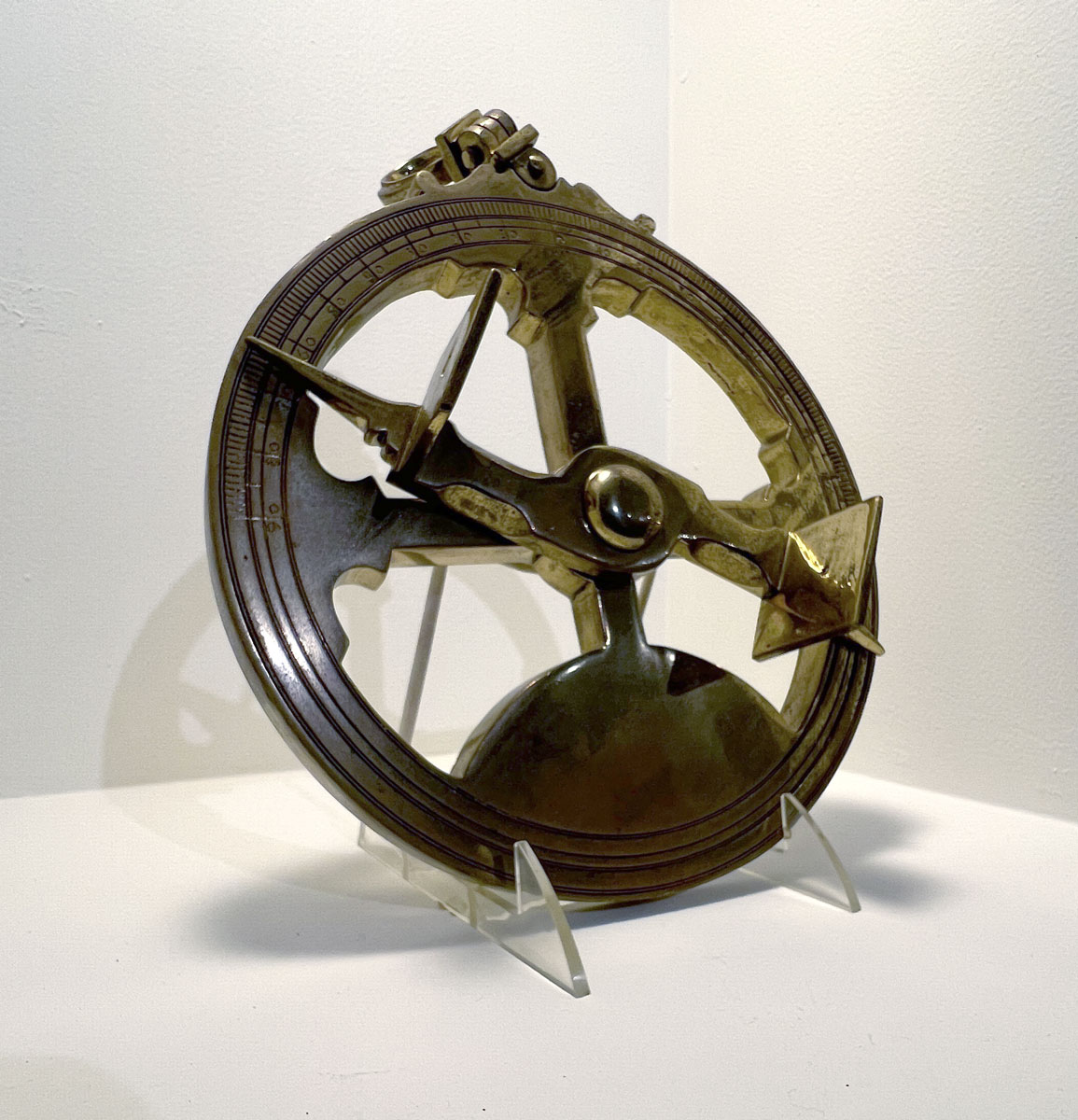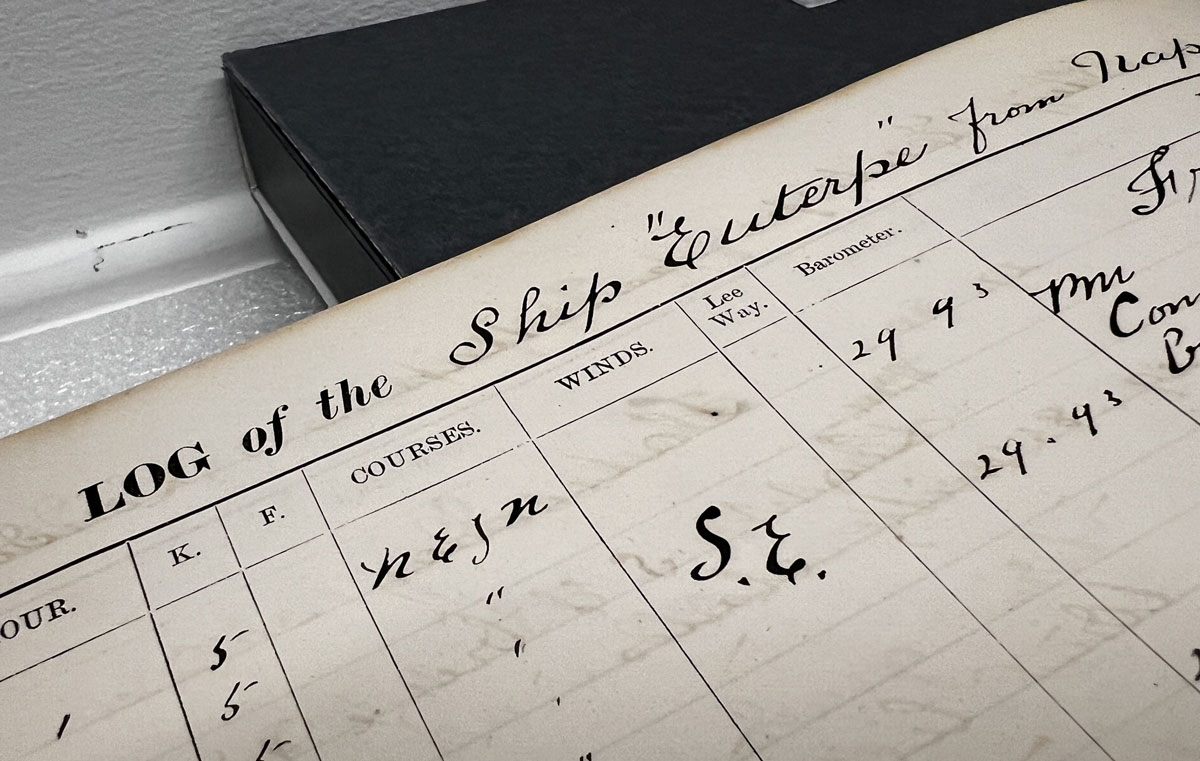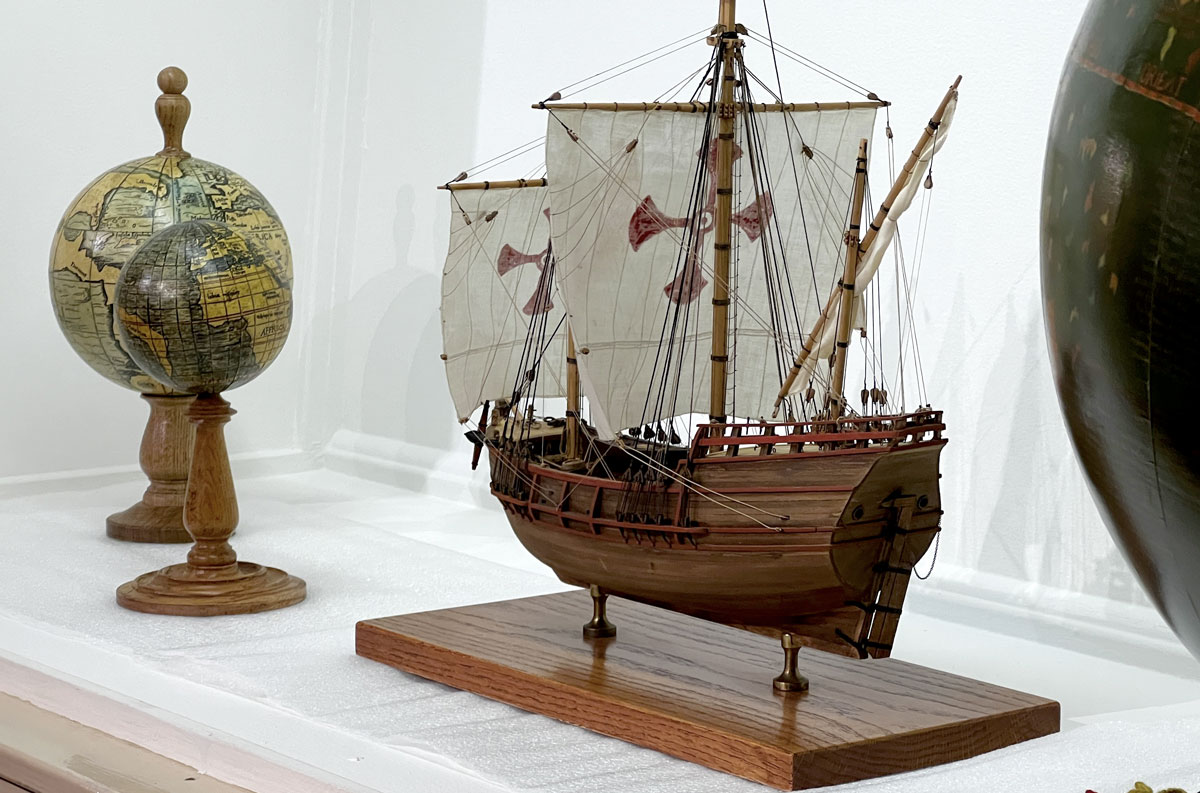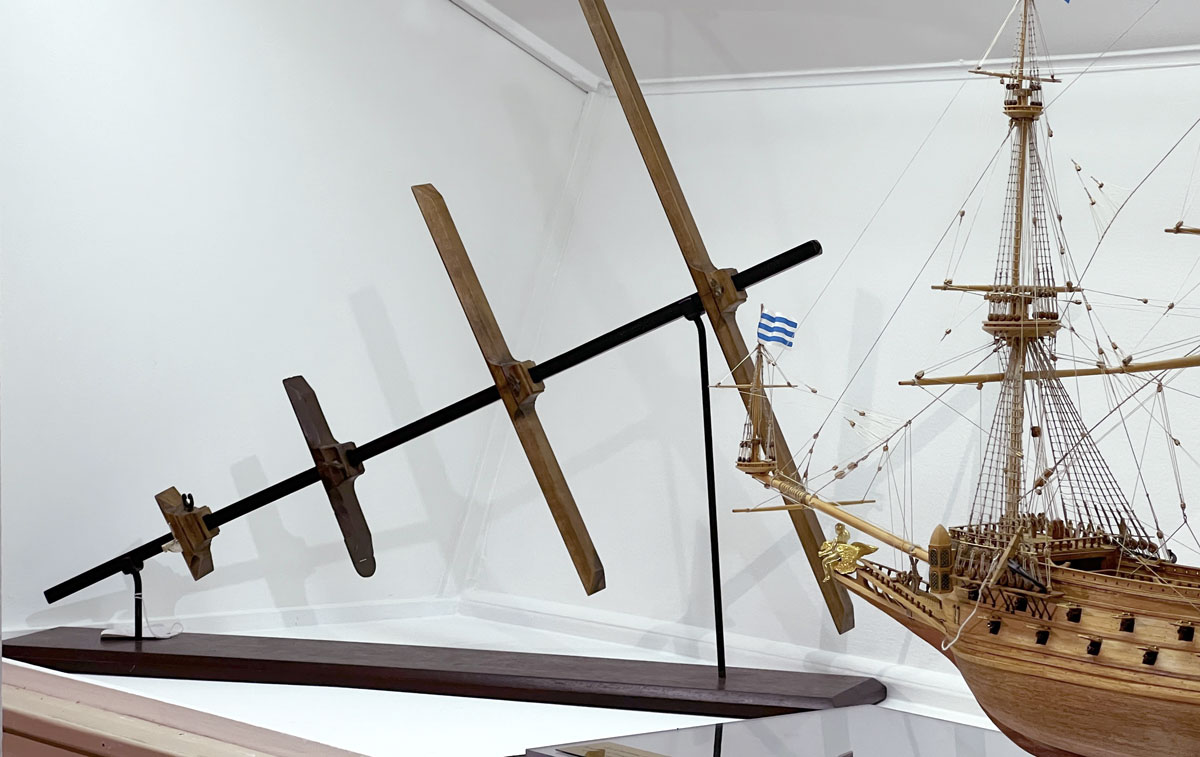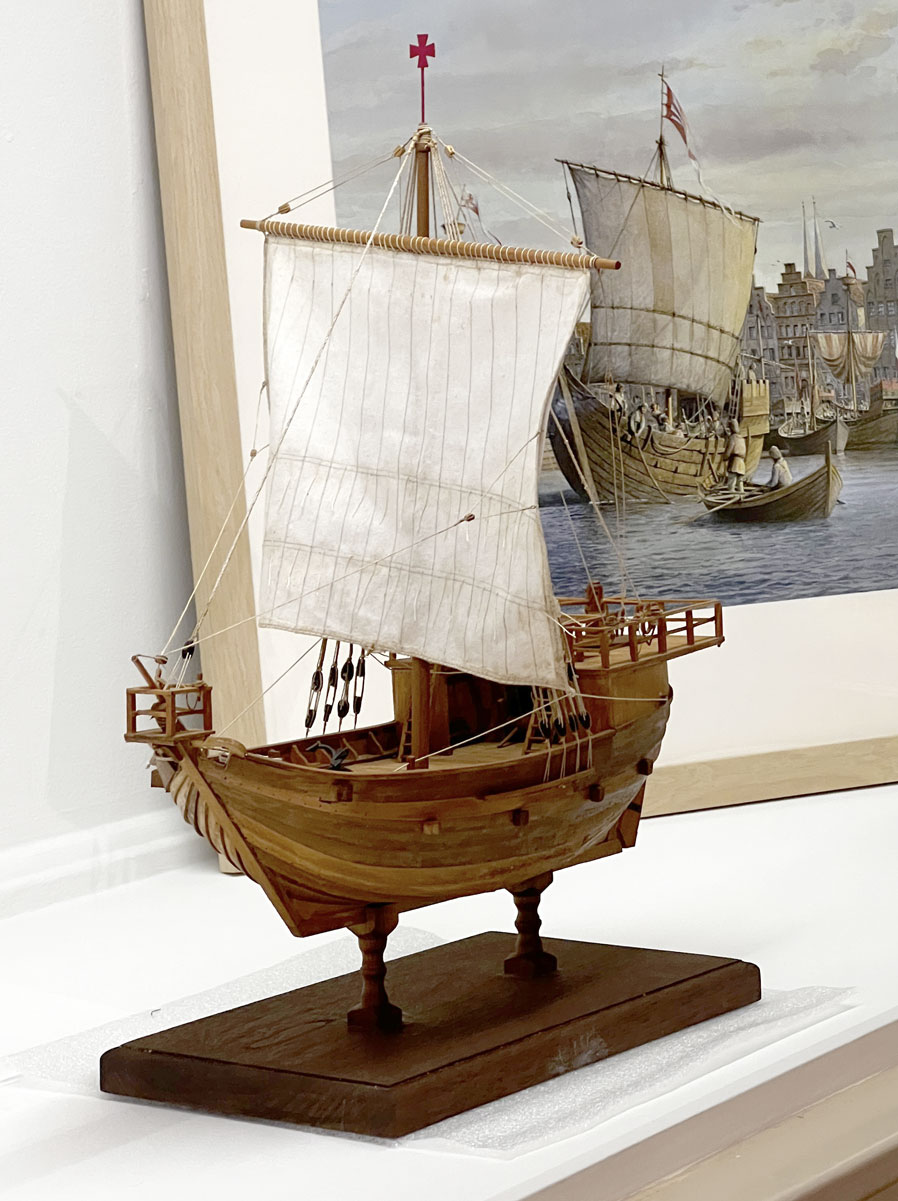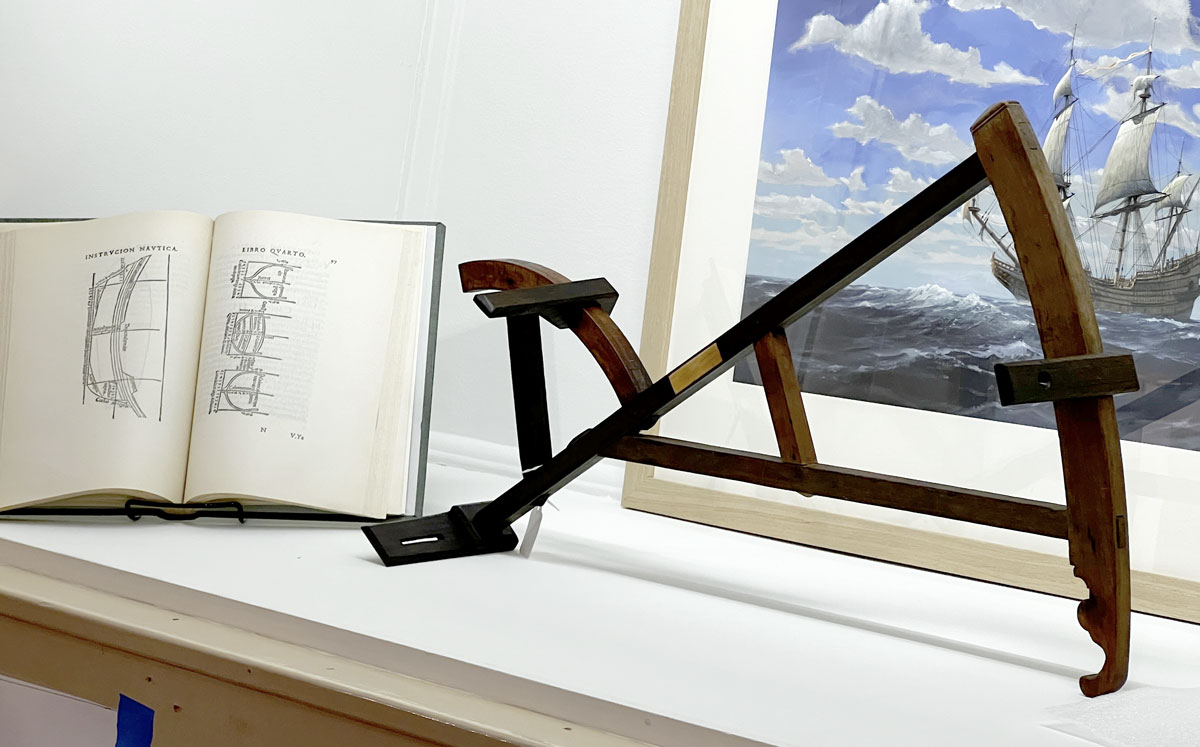Treasured Tools. Refined Resources. The Art and Science of Exploration.
S.T.E.A.M. of the Early DaysArt of Navigation showcases some of the finest and most beautiful examples of period instruments, charts, and voyage accounts, brought to life through the work of documentary maritime artist Gordon Miller. The exhibit is enriched by exquisite ship models from the Museum’s collection and full-scale operational replicas, including the galleon San Salvador, man-of-war H.M.S. Surprise, schooner Californian, and the legendary Star of India, which has circled the globe 21 times.
Navigation was more than a technical skill—it was a powerful and mysterious art, shaping territorial claims, trade, and empires. The instruments, maps, and reference texts used by explorers were not only practical tools but also objects of extraordinary beauty, reflecting the craftsmanship and artistry of their time.
This exhibit highlights the evolution of navigation during the great voyages of European exploration, beginning in the mid-16th century at the dawn of the Scientific Revolution. Unlike many fields of study where human observation was favored over instruments, oceanic navigation was one of the rare disciplines where mathematics and engineering found real-world application.
Before photography, navigators relied on detailed illustrations of islands, coastlines, and harbors—images that served both as essential guides and works of art. Early printed voyage accounts combined thrilling narratives with intricate depictions of uncharted lands, exotic animals, and unfamiliar cultures, captivating readers and shaping global perceptions. As historian Dr. Ashley notes, “Ships were more than mere vessels; they were symbols of power, identity, and prestige. Designed to be as beautiful as they were functional, they stood as floating masterpieces in an age where ornate craftsmanship reflected wealth and influence.”
